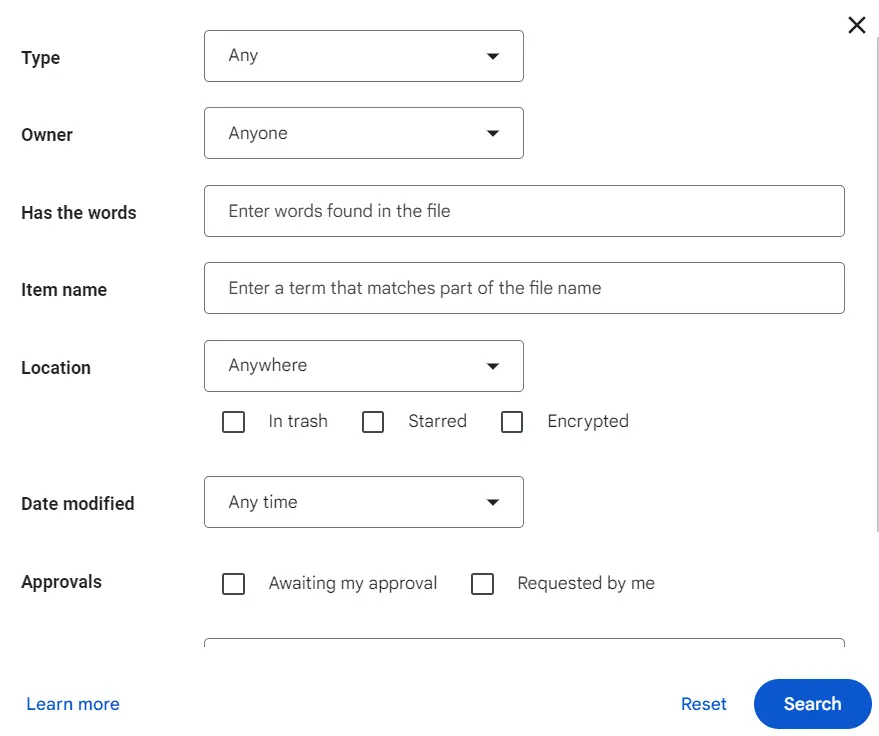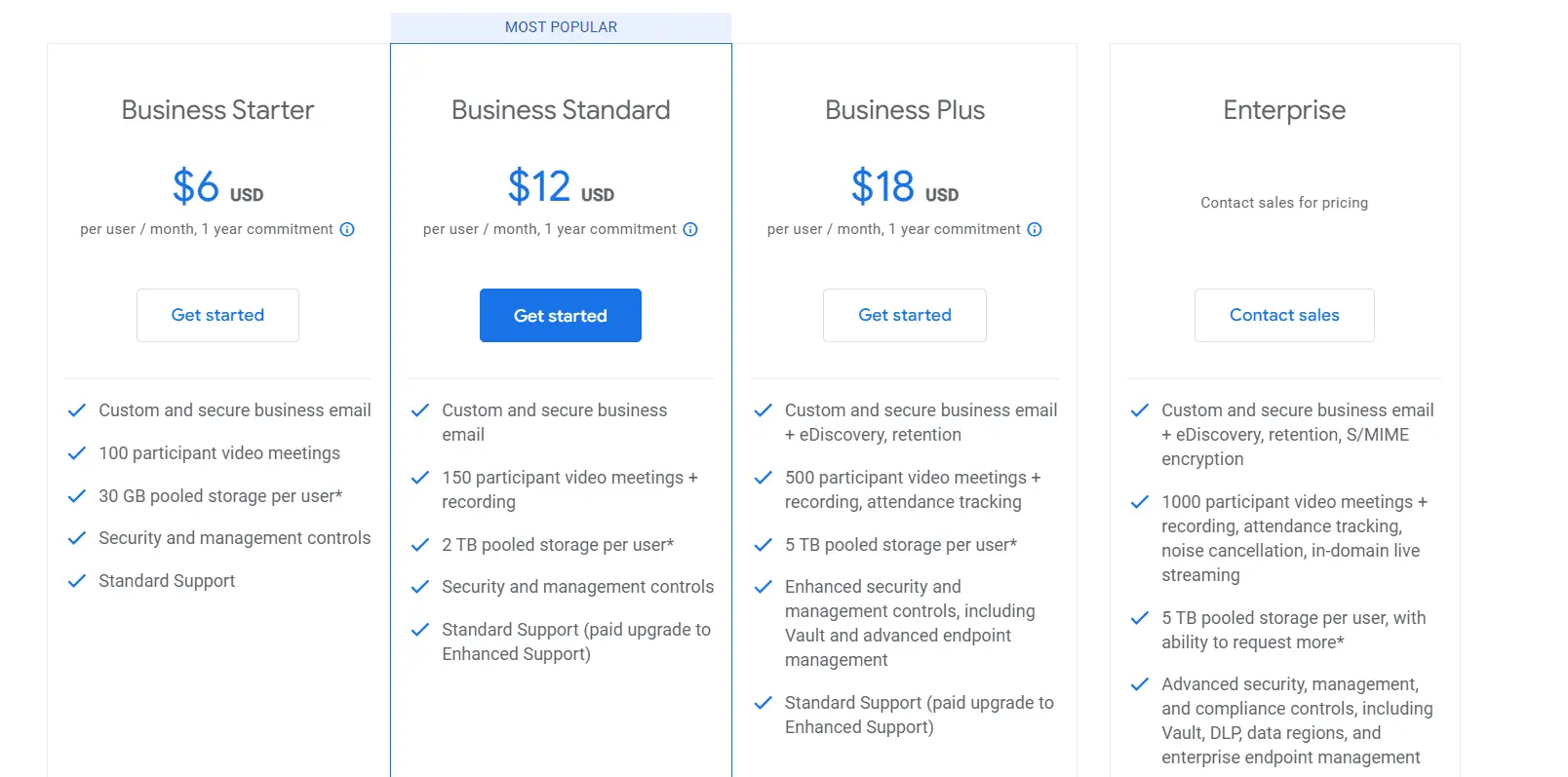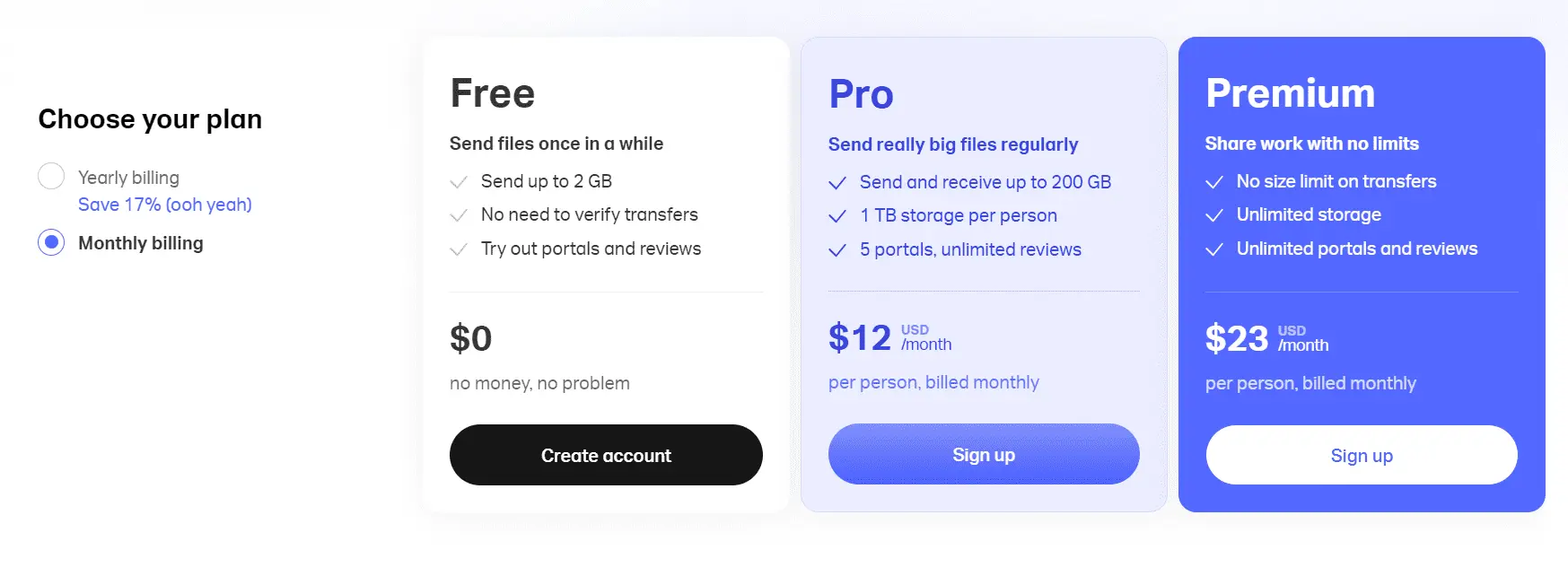In this article, you’ll learn:
We live in an era of complete digitalization, when company employees no longer need to carry paper documents or physical storage devices between floors. Just a few clicks, and files are sent online, reaching specific users. The distance doesn't matter in this process — hundreds and thousands of people from different parts of the world can effectively work on a common project.
This interaction format became possible with cloud storages that allow you to store data on remote servers by setting up access rules. According to Cybercrime Magazine, in 2025, the total amount of information in cloud storages will exceed 100 zettabytes or 100 trillion gigabytes. And statistics from Gartner and AAG-IT show that in 2023, businesses spent nearly $600 billion on cloud infrastructure support.
So, it is quite clear that the future belongs to cloud-based information storage and transmission systems. All that remains is to choose the perfect service for yourself, focusing on its cost, functionality, quality of support, and other terms of use. Today, we're going to take a look at two such systems — WeTransfer and Google Drive. We will figure out which of these services is better suited for storing, transferring, and collaborating on data and examine their advantages.
Google Drive Overview
According to Earthweb, this service is the absolute leader in the field of cloud file sharing systems. Its market share is 36.81% as of the end of 2023. It has more than 3 billion accounts. The service's largest B2B client is Meta Corporation, which owns Facebook and Instagram.
When it comes to Google Drive, it is difficult to define the target audience of the service. It includes absolutely all Internet users — from individuals to giant corporations, from influencers to photographers, painters, musicians, and other artists. Everyone will find some useful features in it.
The main advantage of Google is the comprehensive nature of the subscription. By creating one account, you get access to several dozen services, including cloud storage. This multifunctional platform is called Google Workspace. It allows you to:
- store an unlimited number of photos and videos (in Google Photos — with certain resolution restrictions; overall, Google Drive has limited space - 15 GB including emails);
- create and edit text documents, spreadsheets, and presentations online;
- set up backup of information from your computer to the cloud and vice versa;
- develop your own file-sharing rules for working on projects;
- participate in video conferences;
- work with email;
- set reminders for important events, etc.
Billions of users love this service for its simplicity and accessibility. You don't need to sign up for cloud storage separately. It is connected automatically when you sign up for a Google account. The platform also sets fairly generous limits for free subscriptions, which are sufficient for the vast majority of individuals.

Google Drive's simple interface makes it easy to collaborate on digital assets. You can label files and folders with stars, colored stickers, and comments, share links to them in a couple of clicks, and create shortcuts. We should also mention the advanced search function, which allows you to sort files by location, creation and last modification dates, owners, permissions, comments, and, of course, names.

WeTransfer Overview
This cloud service is younger than its competitor — it was founded in 2009 in the Netherlands. Since then, it has evolved from a simple file-sharing site to a modern multifunctional platform. According to 6ense, WeTransfer serves 80 million unique accounts and has a 0.41% market share.
As the name implies, WeTransfer positions itself as a platform for fast and convenient file sharing. Its main target audience includes large and medium-sized media businesses that work with lots of digital assets. The platform will also be convenient for individual creators and even ordinary users who need to transfer a large amount of data, regardless of its nature.

As we have already mentioned, WeTransfer is a multifunctional cloud platform today. By registering an account with it, you create your portal. It is a page with a customized design, where you can add links to certain digital assets — for all users and those with special access rights. It is a very interesting solution for businesses that want to make a good impression on their customers.
By subscribing to the service, you get access to the following products:
- WeTransfer — cloud storage with a quick file transfer function;
- Feedback — a feature that allows you to comment and rate digital assets, making them easier to sort and search;
- Collect — a mood board where you can collect various multimedia while collaborating on projects;
- Paper — a simple graphic editor for drawing sketches;
- WePresent — a platform for artists where they can publish their creations, communicate with critics and connoisseurs, and tell their stories.
Comparison of Key Features and Terms of Service
Let's start with the market leader. A free subscription to Google Workspace gives you access to 15 GB of cloud storage. However, this doesn't mean you can use all of it in Drive. You can also use it for multimedia files in Google Photos, emails in Gmail, and even video conference recordings in Google Meet.
The paid version not only increases the amount of cloud storage to 100-2,000 GB but also extends the platform's functionality. It allows you to monitor the Dark Web and receive notifications when your data appears on suspicious resources. A nice bonus is the advanced image editing tools in Google Photo, which are more convenient and powerful than the standard gallery on your phone.
A year ago, when comparing Google Drive vs WeTransfer, it was clear that the former was far behind its competitor in terms of maximum file size — only 10 GB. But in August 2023, the provider actually canceled this restriction, increasing the limit to 5 TB! This will be enough even for an unedited draft of a feature film or a database backup.
Although Google Workspace offers a huge number of features, it doesn't limit you to its own products. There are many integrations with third-party services available to you, including digital asset management systems — DAM for Google Drive. An example of such a solution is Pics.io, which also works for Amazon S3. By connecting it, you get the following features:
WeTransfer's terms of use are a bit simpler. In the free version, you can only transfer up to 2 GB of files at a time. But they are automatically deleted within a week without being stored in the cloud. Want to extend this period? You'll have to sign up for a paid subscription, which will increase the one-time transfer limit to 200 GB and give you access to 1 TB of storage. The top version has no restrictions — neither on file size nor on cloud space.
Paid subscriptions also allow you to:
- create several custom portals with different themes, for example, for each client or each project;
- send personalized emails with an offer to download files;
- customize data storage periods and access rules;
- create teams by paying extra for each additional user.
Comparing WeTransfer vs. Google Drive, the former is slightly behind in terms of trial version features. It severely restricts the amount of storage and sets limits on how long files can be stored. Paid subscriptions lack a bit of functionality compared to Google Drive. WeTransfer also has a fairly simple interface. Previously, users complained about confusing access to certain functions. Nevertheless, the new version of the platform is perfectly optimized for both desktop computers and mobile devices.
However, cloud storage doesn't have a system for advanced search and sorting of digital assets as convenient as Google Drive. In addition, it has almost no integrations with third-party services. If convenient file management is essential to you, you should compare WeTransfer vs DAM.
All modern cloud storages take cybersecurity very seriously. That's why both Google Drive and WeTransfer use reliable information encryption technologies such as TLS and AES-256.
Pricing and Plans
The basic version of Google Drive offers 15 GB of cloud storage. If this is not enough for you, choose one of the paid plans. The following options are available to individuals:
- 100 GB — $1.99 per month;
- 200 GB — $2.13 per month;
- 2 TB — $6 per month.
Pricing plans for businesses are slightly different:
- 30 GB — $6 per month for each user;
- 2 TB — $12 per month;
- 5 TB — $18 per month.

WeTransfer does not separate personal and corporate subscriptions. Its free subscription offers only file sharing without long-term storage. If you need the cloud, you can choose from two options:
- 1 TB — $12 per month;
- Unlimited storage — $23 per month.

Customer Support
Like all the giants, Google Drive is rather clumsy when communicating with individual users. First of all, it offers you to familiarize yourself with the extensive knowledge base by finding the answer to your question yourself. If you fail to do so, you can send an email to a company representative. Reviews show that the average waiting time for a response is from 1 to 3 days. Business is another matter. Owners of paid corporate subscriptions can count on consultations with a personal manager. In this case, the waiting time is reduced to 15-60 minutes.
If you are wondering, "Is WeTransfer faster than Google Drive?" the answer is yes. The relatively small service has a live chat where you can get help quickly. Of course, if you have a complicated request, you will first have to convince the chatbot to connect you to a human. But practice shows that, in most cases, it is more convenient than waiting for an email for several days.
Pros and Cons
| Pros | |
|---|---|
| Google Drive | WeTransfer |
| Google Workspace ecosystem has many tools for editing documents, video communication, photo processing, etc. | You can create your own personalized portals for different clients or projects |
| A large number of integrations are available. For example, on Linux, this cloud can be connected to a computer like a regular folder | Convenient transfer of large files |
| Basic subscription plan is quite generous — 15 GB of storage in the free version | There are unlimited subscription plans with no restrictions on the file size to be transferred or the size of the cloud storage |
| There is a wide range of subscriptions for individuals and businesses that differ in functionality | Prompt online chat support for all customers, regardless of the subscription plan |
| Maximum file size is almost unlimited — the current limit is set at 5 TB | Availability of additional tools, including a simple graphic editor and a platform for creators |
| Convenient systems for labeling digital assets and advanced file search | Custom mobile apps |
| Apps for Windows and mobile operating systems | |
| There is a function of offline work with automatic synchronization after the connection is restored | |
| Cons | |
|---|---|
| Google Drive | WeTransfer |
| Limited file upload speed — 45 MB/s in the free version | No access to cloud storage in the free subscription |
| Subscriptions for individuals do not have prompt technical support | The basic version of the portals contains ads — you will have to pay to remove them |
| Some users complain about unstable downloads and errors when working with large amounts of information | |
Use Cases
This time, we'll start with WeTransfer. The reason is simple: the service has a limited list of use cases in which it is ahead of its famous competitor. It is very convenient to use for one-time transfer of large files within a specific project. You can set a time limit and track who received the data and who didn't. The service will also be an ideal choice for media businesses and independent creators who can personalize its interface to build their brands.
As for Google Drive, it is an all-inclusive service that can be recommended for absolutely all internet users. It is slightly inferior to WeTransfer in terms of design style and branding capabilities, but it is ahead in terms of functionality. Google Drive is suitable for transferring, storing, and sharing files, as well as creating and editing new documents. The service will be convenient for individuals and businesses, influencers and professionals, educational institutions, and non-profit organizations. Moreover, it is worth the money. Using it is no more expensive than maintaining an on-premise network storage device.
Conclusion
Although Google Drive and WeTransfer have high ratings on most digital service review portals, they are fundamentally different in functionality and use cases. Google Drive is an all-in-one platform for creating, processing, storing, editing, and sharing digital assets. It offers many custom tools and even more ready-made integrations with third-party applications, including DAM. WeTransfer is more of a convenient solution for distributing and transferring files. The service has interesting branding options but is inferior to its competitor in terms of functionality.
Did you enjoy this article? Give Pics.io a try — or book a demo with us, and we'll be happy to answer any of your questions.
Frequently Asked Questions
How do I get access to Google Drive or WeTransfer?
Google Drive is available to all Google account holders by default. WeTransfer requires registration but can also be connected to a Google account.
How to choose the amount of cloud storage I need?
Keep in mind that one mobile photo takes an average of 20-35 MB, and one hour of 4K video takes 40-50 GB. 3D models and drawings can also be several gigabytes in size, and database backups can be tens or even hundreds of GB.
How safe is it to use Google Drive and WeTransfer?
Both services use TLS and AES-256 encryption systems resistant to hacking. In addition, they undertake not to share user data with third parties. However, providers use their own AI-based monitoring systems that detect and remove malicious content.
What will happen when the cloud runs out of space?
You will be able to delete some information or upgrade to a more expensive subscription plan. For example, the top subscription to WeTransfer has no data limitations.




